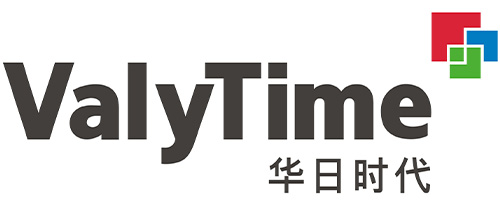What's better than recessed LED lighting?
Recessed LED lighting, with its simple, modern appearance, has become one of the most popular lighting solutions in recent years. Its compact size, uniform illumination, and energy-saving advantages have made recessed LED lighting widely used in homes, offices, businesses, and public spaces.
With increasingly diverse lighting requirements, more consumers and designers are seeking more advanced, flexible, and functional options than traditional recessed LED lighting.
This article explores the question, "What's better than recessed LED lighting?" and provides in-depth analysis to help consumers, designers, and industry professionals make more insightful decisions.
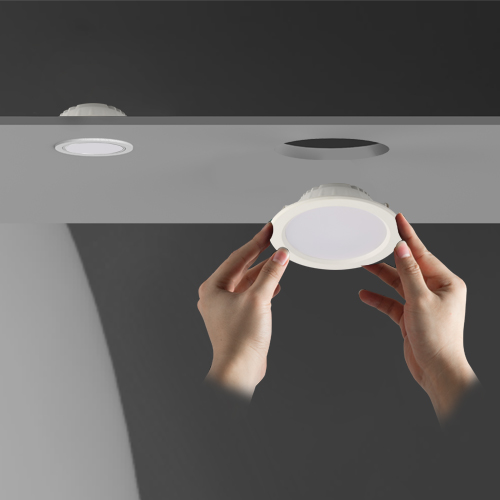
What are the advantages of recessed LED lighting?
Recessed LED lighting has become a significant part of the modern lighting market due to its unique design and wide applicability. It is typically embedded in surfaces such as ceilings, walls, or floors, creating a neat, discreet light source. Its key advantages are space savings, a simple and aesthetically pleasing design, and uniform illumination. The following are the key features of recessed LED lighting:
1. Energy-saving and high-efficiency: Compared to traditional incandescent and fluorescent lamps, LED lighting is more efficient, producing more light output at lower wattage.
2. Long Life: LED lamps offer a long lifespan, typically reaching 50,000 hours or more, far exceeding the lifespan of traditional lamps.
3. Compact Design and Space Savings: Recessed design allows LED lamps to blend seamlessly into ceilings or other structures, eliminating the need for space and making them particularly suitable for environments requiring a refined, minimalist look.
4. Instant On and Dimming: LED lamps typically start instantly, requiring no warm-up time. Modern recessed LED lighting products often include dimming capabilities, allowing for customized light intensity adjustments.
Despite the many advantages of recessed LED lighting, other types of lighting may be more suitable in certain applications. Below, we will explore several potential alternatives to recessed LED lighting.
What's Better Than Recessed LED Lighting?
Adjustable Track Lighting:
Track lighting is a highly flexible lighting design widely used in commercial spaces, galleries, exhibition halls, and homes. Mounted on one or more metal tracks, track lights allow the lamp heads to be freely adjusted in direction and angle, making it easy to focus light on specific areas. Track lights offer the following advantages over recessed LED lighting:
1. Flexibility and Adjustability: The most notable feature of track lights is the adjustable direction and angle of the fixtures. This allows them to precisely illuminate specific areas or objects, making them particularly suitable for accent lighting or display lighting. Recessed LED lighting, on the other hand, is fixed in place and cannot be adjusted in direction.
2. Adaptability to Various Space Needs: Track lights can be flexibly arranged to meet specific needs, without being restricted by mounting location. They are suitable for lighting irregular or large spaces. In modern home design, track lights, as decorative lighting, can add a modern touch.
3. Functionality and Decoration: Track lights not only provide functional lighting but also serve as an element in interior design, enhancing the artistic ambiance of a space. While recessed LED lighting may have a simple design, it lacks decorative elements.
Despite their flexibility and adjustability, track lights are relatively complex to install, requiring a dedicated track bracket in the space. Furthermore, compared to recessed LED lighting, track lights are more conspicuous in appearance, making them less suitable for designs that seek a simpler look.
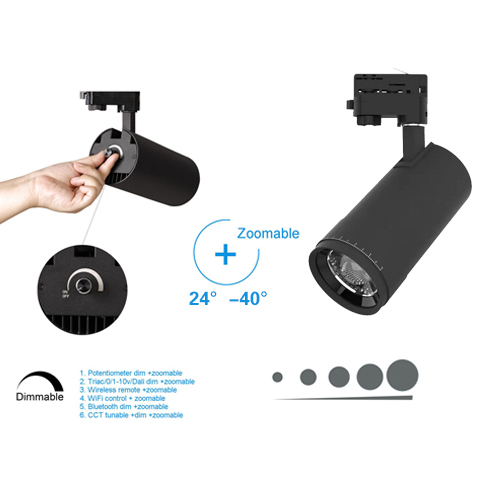
Pendant Lighting:
A pendant light source is a pendant light source typically suspended from the ceiling or high above. It offers a strong decorative and atmospheric effect. Pendants typically utilize multiple bulbs or a single, large fixture, creating a strong visual impact. In certain settings, pendants can offer advantages over recessed LED lighting, particularly in the following areas:
1. Decorative Effect: Pendants not only provide effective lighting but also serve as decorative art. Their unique design and light distribution often become a focal point in interior design, while recessed LED lighting focuses more on functionality and lacks the decorative impact of pendants.
2. Wide Illumination: Because they hang in mid-air, pendants can illuminate a larger area. This is especially true in large spaces like dining rooms, living rooms, or halls. Pendants provide a uniform light source, while recessed LED lighting may require more placement to cover the same area.
3. Ambiance: Pendants typically use a warm light source, creating a soft, romantic atmosphere for family gatherings, dinner parties, and other occasions. Recessed LED lighting, on the other hand, tends to be cooler and more direct, lacking in warmth.
While chandeliers offer greater decorative and ambiance-enhancing properties, they can be bulky or take up space in smaller or lower-height spaces. Recessed LED lighting, on the other hand, is more suitable for these spaces.
LED Strip Lights:
LED strip lights are a highly flexible lighting solution. Typically composed of multiple small LED beads, they can be bent and cut to suit a variety of complex spatial configurations. In many scenarios, especially those requiring soft, ambient light or indirect lighting, LED strip lights offer advantages over recessed LED lighting:
1. Flexibility and Customizability: LED strip lights can be customized to the shape of the space, bent or cut to desired lengths and shapes, perfectly fitting any space. They provide a more subtle and even lighting effect, making them particularly suitable for background and mood lighting.
2. Concealment and Space Savings: LED strip lights can be concealed in gaps in ceilings, walls, furniture, or window frames, providing indirect light and avoiding glare from direct sunlight. This discreet lighting design often enhances a sense of depth and comfort, making it particularly suitable for modern homes and commercial environments.
3. Diverse Colors and Functions: Many LED light strips feature RGB (RGB) functionality, enabling them to produce a variety of colors to meet diverse lighting needs, such as dynamic mood lighting, holiday decorations, and cinema lighting. In contrast, recessed LED lighting has a fixed color temperature and tint, lacking multi-tone switching.
However, LED light strips offer relatively low luminous efficacy and typically require an additional power supply and controller, making them less effective than recessed LED lighting in scenarios requiring high-brightness illumination.
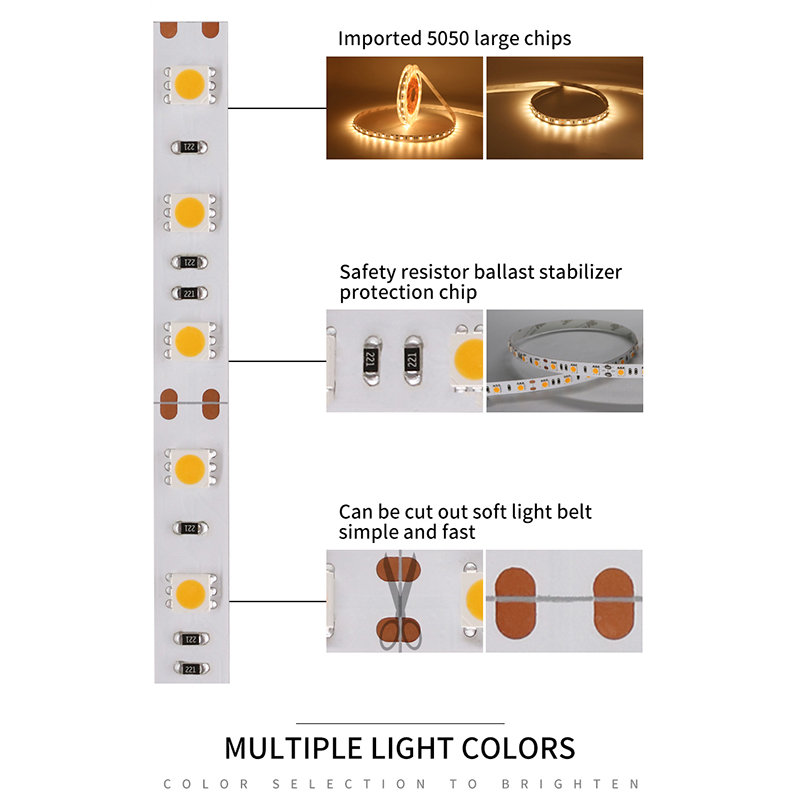
Smart Lighting Systems:
With the increasing popularity of smart homes, smart lighting systems, as an innovative lighting solution, have become a better choice than traditional recessed LED lighting. Smart lighting systems connect with home automation systems, mobile devices, or voice assistants for more convenient control and adjustment. Compared to recessed LED lighting, smart lighting offers the following advantages:
1. Remote Control and Automation: Smart lighting systems can automatically adjust light brightness, color temperature, and on/off status via mobile apps, voice assistants, or sensors. For example, they can automatically turn off lights when leaving a room or adjust light intensity based on environmental changes.
2. Multiple Lighting Scenarios: Smart lighting can be configured to suit various lighting scenarios, such as "Party Mode," "Cinema Mode," and "Reading Mode." This personalized lighting experience can significantly enhance the comfort and functionality of living and working environments.
3. Energy Saving and Efficiency: Smart lighting systems can further enhance energy savings by precisely controlling the on/off and brightness of lights, avoiding wasted energy. While embedded LED lighting is inherently energy-efficient, intelligent control can further optimize efficiency.
However, smart lighting systems typically require a higher initial investment and are more complex to set up and operate, making them less widely available and applicable than traditional embedded LED lighting.
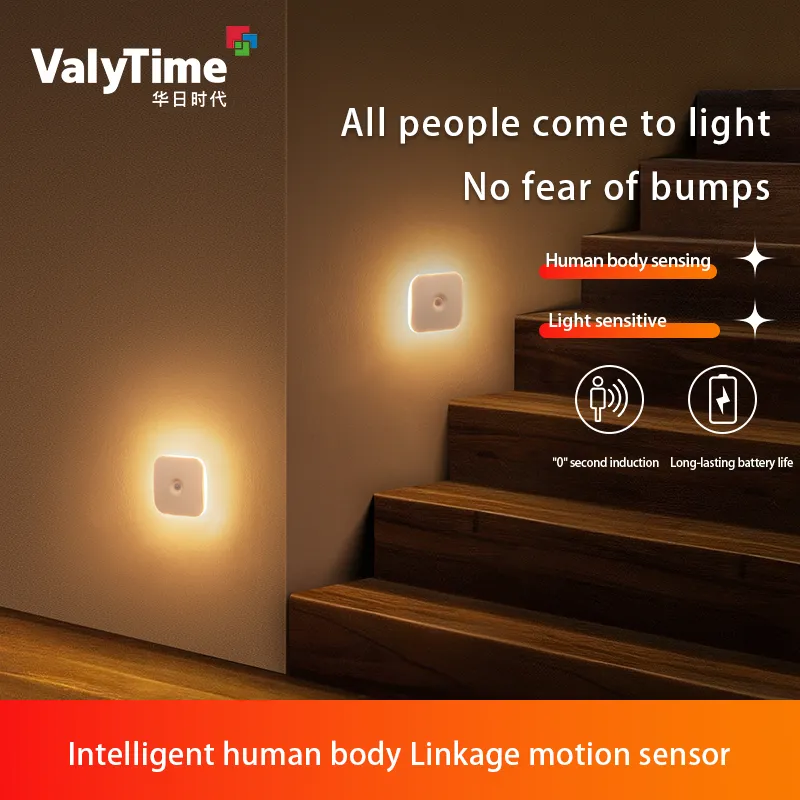
Are your LED panel lights suitable for office lighting installations?
Yes. Our LED panel lights are specifically designed for office and commercial lighting applications. They provide uniform brightness, high color rendering, and are available in various sizes and wattages. Our factory offers customizable features such as dimming capability, frame color, and CCT adjustment.
With CE and ERP certifications, they meet global quality standards. Whether you're a contractor purchasing in bulk or a distributor looking for reliable suppliers in China, we offer the best combination of price, quality, and availability.
